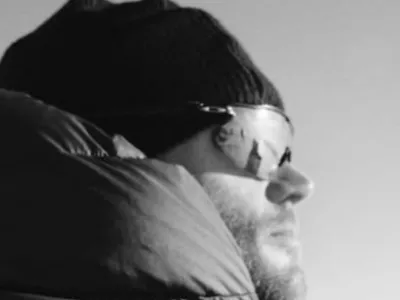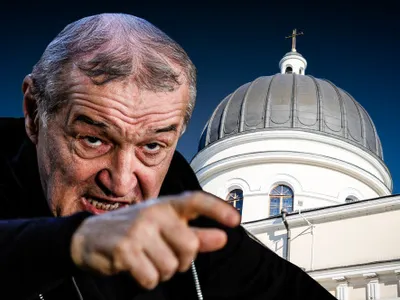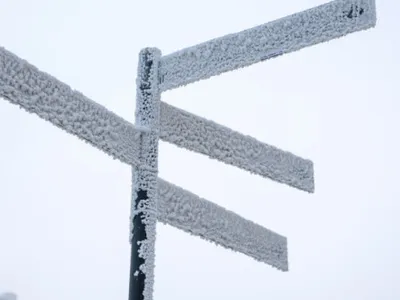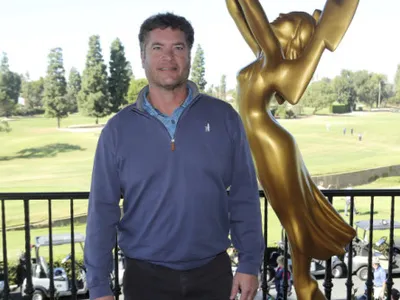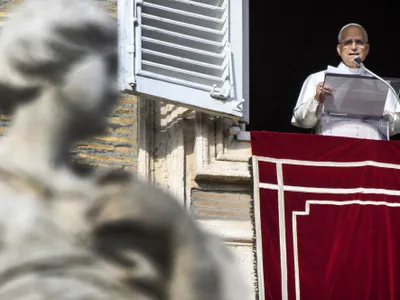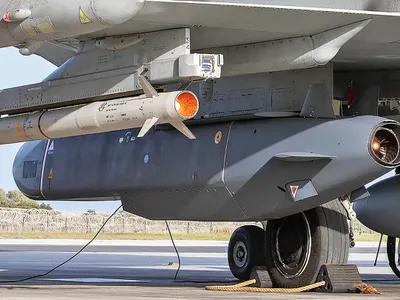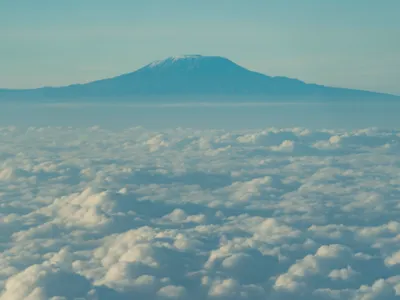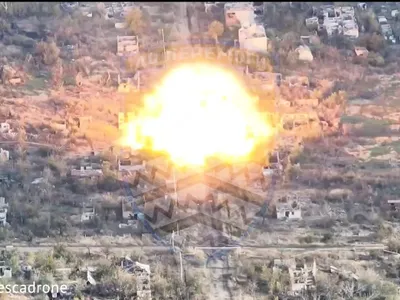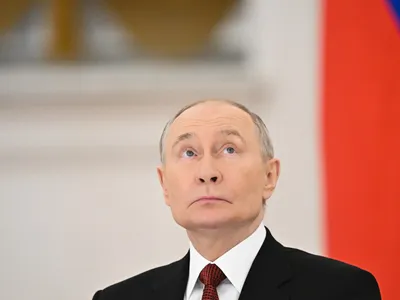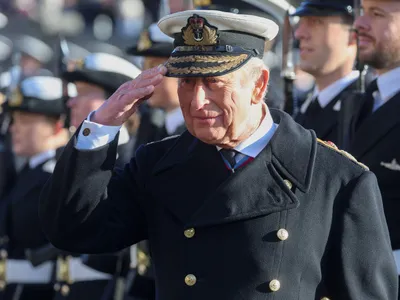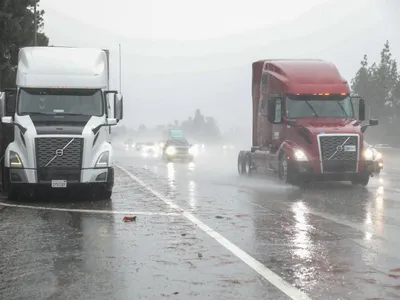The resources Trump wants Greenland for,in the hands of a Romanian who controls them from the shadow
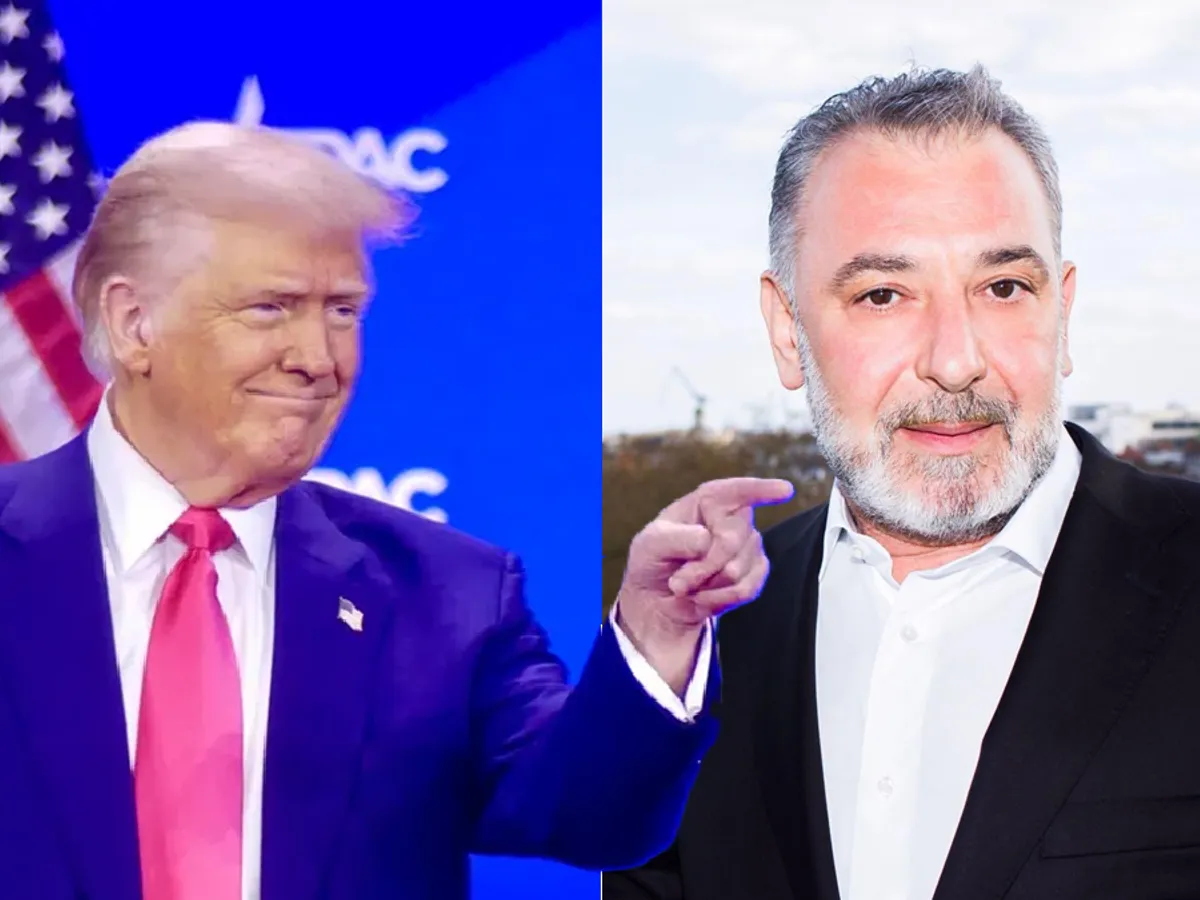
A Romanian man controls, from the shadows, one of the world's most important rare metal deposits in Greenland at a time when the entire planet is repositioning itself for a post-carbon age.
The resources Trump wants Greenland for,in the hands of a Romanian who controls it from the shadows
In the summer of 2019, when US President Donald Trump suggested that the US might buy Greenland, the statement sparked rumors but also many smiles. It seemed like a geopolitical joke. But beyond all that, Greenland is full of resources that the world of the future will be fighting over.
Greenland, the big powers at stake
Hidden beneath the Arctic ice are rare metals, rare earths, tantalum, niobium, essential elements for batteries, wind turbines, military and digital technology. In a world where the major economic blocs - the US, China, Europe - are regrouping around strategic autonomy, access to these metals is more valuable than gold.
And it is precisely here, in such a coveted region, that a Romanian name appears. Newsweek has tracked his business.
Frank Timis again
Frank Timis, an entrepreneur known in Romania mainly for the Roșia Montană episode, but also for the scale of the mining concessions he has managed over the past three decades, today indirectly but decisively controls one of the most important rare metals projects in Greenland.
According to local sources, Timis holds the controlling stake in European Lithium, a company listed on the Frankfurt stock exchange, which in turn controls almost 80% of Critical Metals Corp. listed on the New York stock exchange. And Critical Metals is the jewel in the crown, with the company holding the Tanbreez project, one of the largest rare earth deposits on the planet.
This is thanks to a valid exploitation license obtained in 2020, already in the pre-operational phase, in a region considered key to European strategic autonomy and increasingly desired by transatlantic partners. At a time when the whole world is looking for ways to reduce dependence on China and support the energy transition, control over these resources is becoming a geopolitical, not just an economic, advantage.
What is the Tanbreez project?
Tanbreez is a mining project located in southern Greenland, in a remote, partly ice-covered area exposed to polar winds, but home to one of the largest known reserves of eudialyt: a rare rock rich in critical elements such as tantalum, niobium, zirconium and heavy rare earth elements (heavy REE).
Unlike other projects in the region that are still in the exploration or bureaucratic bottleneck phase, Tanbreez has a full mining license from the Greenland authorities. This is not at all common in a territory under a special administrative regime, but one that is attracting increasing international attention.
Another important detail: the deposit lies outside any protected areas or areas inhabited by Inuit communities, which significantly reduces the risks of local opposition or harsh environmental constraints. Basically, the project is positioned as a rarity: it has the resource, it has the approval, and it has the freedom to start operations.
But perhaps the most significant aspect is the strategic importance of the resources contained.
The rare heavy elements are indispensable in making permanent magnets for wind turbines, electric motors, medical equipment, advanced military technology and even missile systems. At the moment, China controls more than 80% of the global processing chain for these metals, and the West's dependence is a major topic in any economic security council.
In this context, Tanbreez is seen by analysts as a viable alternative and a potential linchpin of European and North American technological independence. Public estimates suggest a mine life of several decades, with an extraction volume capable of powering entire industries.
It's exactly the kind of project that is quietly talked about in investment bank reports, but which can suddenly become central when the world realizes it can't build anything without access to these metals. And at the heart of this sensitive issue is a Romanian businessman.
Global strategic game
Greenland has become strategic territory in recent years. It's not just because beneath its caps lie rare elements without which batteries, drones, or modern electricity grids cannot be built, but because it is one of the few areas of the world where the future of energy is being played out directly on the ground.
The fact that a Romanian entrepreneur, present in these equations for decades, controls such a project is not just a matter of chance, but of a logic of presence that has been repeated over the last thirty years: from iron ore in Sierra Leone, to manganese in Burkina Faso, gas in Nigeria or gold in the Apuseni Mountains. Projects where local government was weak, political risk was high and big companies were hesitant. In all these contexts, Timis entered early and stayed, sometimes losing everything, sometimes positioning itself spectacularly.
Projects worth billions and controversies to match
Born in Borșa, a small town in Maramureș, a Maramureș town caught between mountains and migration, Frank Timis left Romania in the 1980s, at a time when not many people left willingly. He ended up in Australia, penniless, in the harshest areas of global capitalism: natural resources.
Over three decades, his name has been linked to deposits of gold, oil, iron ore, gas and diamonds: from Sierra Leone and Burkina Faso to Romania, Senegal and Nigeria. He has been involved in projects with multi-billion-dollar stakes and controversies to match. In some places he has been a pioneer, in others a central figure in international investigations or arbitration.
Best known in Romania for the Roșia Montană episode, Timis has always operated in a gray area of the global economy, where the state was absent and big companies hesitated. It relied on licenses obtained early, in fragile but resource-rich territories. It lost big. It has also gained enormously.
Tanbreez is the latest example. It's not the only under-the-radar project he controls, but it's perhaps the most relevant at this stage: a critical resource in a sensitive geopolitical area at a time when major powers are dividing along lines of access to rare earths.
In the end, Frank Timis does not give interviews, does not go on stage and does not explain his decisions. He doesn't seem to seek public validation or interested in building an image yet somehow keeps popping up in the heavy dossiers of global resources.In Greenland, his name doesn't appear in press releases, but he does appear in approved licenses and shareholding chains linking Europe to the New York Stock Exchange.
He's not the only man who plays quietly, but he's one of the few who has been doing it for more than twenty years, on several continents, in markets where the press had not yet reached.
But Greenland isn't the first place he's entered before everyone else, but it's perhaps the most relevant so far. An area that suddenly becomes essential in a world reconfiguring itself around rare metals and energy autonomy.
For Romania, it's a name associated with controversy rather than strategy. But at a time when discussions about resources, sovereignty and our role in global chains are increasingly heated, perhaps the mere fact that a Romanian controls such a project is worth a closer look



